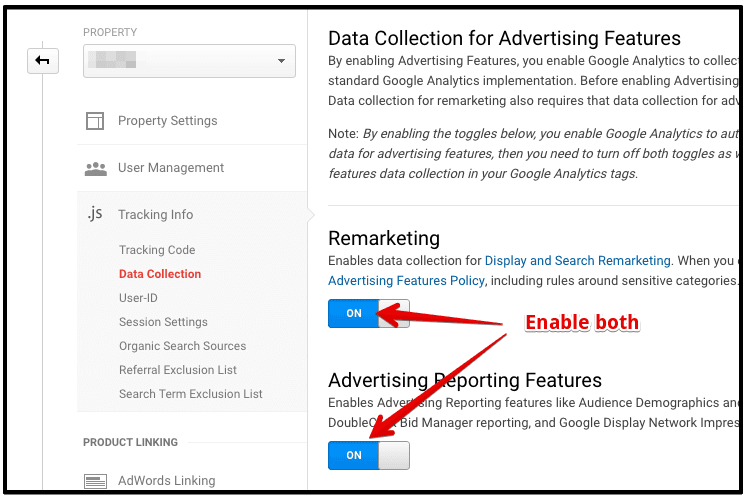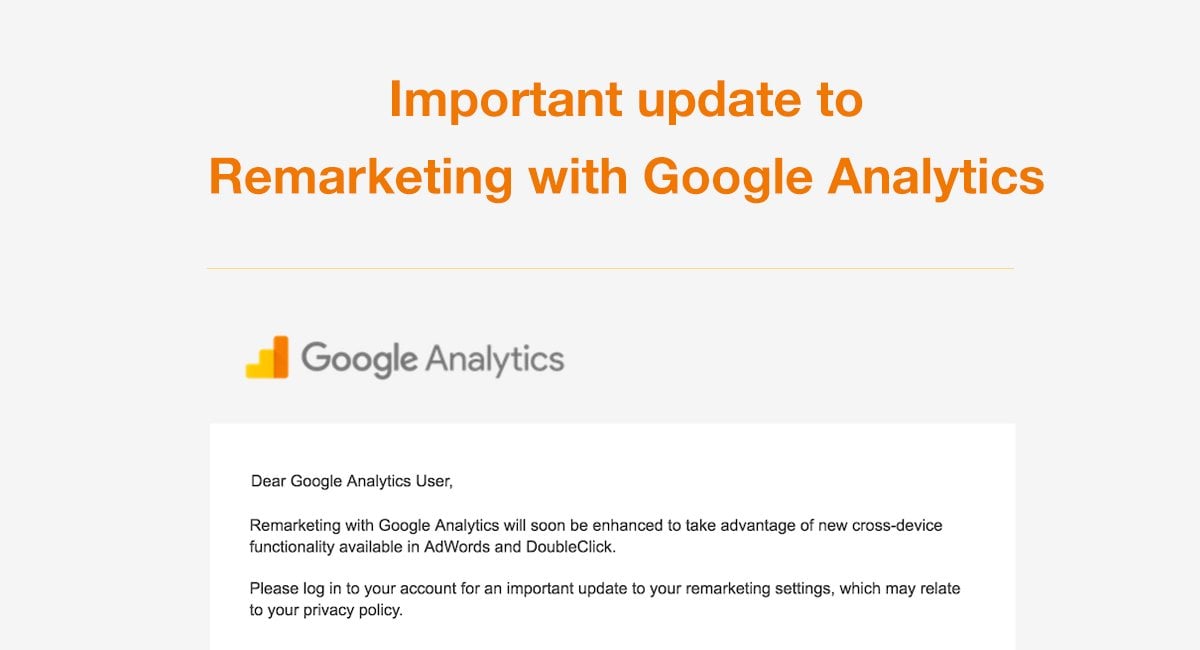Utilizing Remarketing in Google Analytics: A Comprehensive Guide
Harnessing remarketing in Google Analytics offers organizations a strategic edge in connecting to prospective customers. The ability to target people that have actually currently interacted with your website provides a special possibility for tailored advertising and marketing initiatives. By recognizing exactly how to craft target market checklists and deploy them effectively, organizations can dramatically boost their conversion prices. Nevertheless, the intricacies of setting up and optimizing remarketing projects call for an extensive understanding of target market segmentation and efficiency analysis. This overview will certainly clarify the essential steps associated with using the complete potential of remarketing in Google Analytics, bring about boosted advertising and marketing outcomes.
Comprehending Remarketing in Google Analytics
Remarketing in Google Analytics allows businesses to purposefully target customers who have actually previously connected with their web site or mobile application. By leveraging data from Google Analytics, companies can produce tailored remarketing listings based upon individual actions, such as web pages seen, actions taken, or details objectives achieved. This effective device makes it possible for businesses to re-engage with individuals that have actually shown interest in their service or products, eventually raising the probability of conversion.
Comprehending the various kinds of remarketing techniques is essential for an effective campaign - What Is “Remarketing” In Google Analytics?. Google Analytics supplies numerous choices, including basic remarketing, vibrant remarketing, and remarketing lists for search ads (RLSA) Each type offers an unique function and can be customized to meet certain advertising objectives
In addition, analyzing the performance of remarketing projects is necessary for enhancing outcomes. Google Analytics supplies valuable insights right into the effectiveness of different remarketing techniques, enabling companies to make data-driven choices and fine-tune their targeting approach. By continually keeping track of and readjusting remarketing initiatives based on analytics data, services can maximize ROI and drive success in their advertising and marketing initiatives.
Establishing Remarketing Projects

After establishing up target market checklists, the following step is to link Google Analytics with Google Advertisements. By linking these 2 systems, businesses can effortlessly move audience listings from Google Analytics to Google Advertisements for remarketing functions. This combination permits even more specific targeting and better campaign efficiency.
Once the accounts are linked, companies can create remarketing campaigns in Google Ads using the target market provides formerly defined in Google Analytics. These campaigns can be personalized with specific advertisement creatives, messaging, and bidding methods to properly re-engage with previous visitors and drive conversions. By complying with these steps, companies can take advantage of the power of remarketing to enhance their marketing efforts and raise ROI.
Making Use Of Audience Division Methods

Predefined segments in Google Analytics allow you to rapidly analyze common target market groups fresh users, returning customers, or individuals that completed a particular objective on your site. Custom segments, on the various other hand, allow you to develop distinct segments based upon details criteria that are essential to your service objectives. Dynamic remarketing listings immediately readjust based on user behavior, showing tailored ads to customers who have actually engaged with your site particularly means.
Analyzing Remarketing Efficiency Metrics
Upon assessing the performance of remarketing campaigns in Google Analytics, the evaluation of essential efficiency metrics offers useful understandings into target market involvement and conversion rates. By diving right into metrics such as click-through rates (CTR), conversion More Help prices, cost per acquisition (CERTIFIED PUBLIC ACCOUNTANT), and return on advertisement invest (ROAS), marketers can determine the success of their remarketing efforts. Analyzing these metrics allows marketing experts to maximize projects, fine-tune audience targeting, and assign spending find out this here plans effectively to boost overall remarketing efficiency.
Maximizing Remarketing Strategies
When refining remarketing approaches in Google Analytics, concentrating on target market segmentation is paramount for accomplishing campaign success. By dividing your target market into details sectors based on their habits, demographics, or rate of interests, you can tailor your advertisements more efficiently to each team. This targeted strategy boosts the chance of engaging customers that have currently shown rate of interest in your solutions or items, leading to higher conversion prices.
Another crucial aspect of enhancing remarketing methods is constantly testing and refining your projects (What Is “Remarketing” In Google Analytics?). A/B screening different advertisement creatives, messaging, or deals can assist you determine what resonates best with your target market and drives one of the most conversions. By evaluating the performance of these examinations in Google Analytics, you can make data-driven choices to optimize your remarketing initiatives this contact form better
In addition, leveraging vibrant remarketing can considerably enhance your campaign results. This attribute enables you to show personalized ads to individuals based on their previous communications with your site, showcasing product and services they have actually formerly viewed. By providing tailored material to users based upon their passions and behaviors, vibrant remarketing can aid enhance engagement and drive conversions.
Conclusion
Finally, using remarketing in Google Analytics is a critical technique to target customers who have previously engaged with a web site. By developing customized audience checklists and utilizing target market segmentation strategies, organizations can enhance remarketing campaigns for enhanced conversion prices. Examining performance metrics and continually optimizing approaches are crucial for taking full advantage of the effectiveness of remarketing efforts.
Google Analytics offers different choices, including typical remarketing, dynamic remarketing, and remarketing checklists for search advertisements (RLSA)After setting up audience checklists, the next step is to link Google Analytics with Google Ads. By connecting these two platforms, services can flawlessly transfer target market lists from Google Analytics to Google Ads for remarketing purposes.As soon as the accounts are linked, services can produce remarketing projects in Google Ads utilizing the audience lists previously specified in Google Analytics.When refining remarketing techniques in Google Analytics, concentrating on target market division is critical for achieving project success.